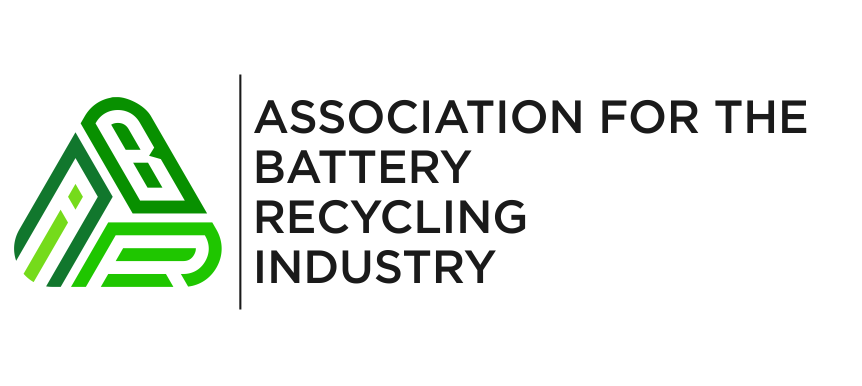Building a picture of Australian research at the forefront of the lithium battery circular economy
25 November 2024 – With National Recycling Week recently highlighting the need for all Australians to “Join the Cycle”, the Association for the Battery Recycling Industry (ABRI) has welcomed the range of university research into best-practice lithium battery recycling.
Chief Executive Officer Katharine Hole said the rise in popularity of energy storage systems to save electricity costs and the growing uptake of electric vehicles (EVs) has come with a rise in penetration of lithium batteries, and a subsequent rise in the need to safely and sustainably manage battery recycling.
“These batteries contain valuable elements, such as nickel and lithium, as well as toxic materials,” she said. “It’s important that we recover these resources for new batteries and environmental benefits.”
“Now is the time to plan for the future so that the energy storage and EV battery circular economy can further scale up with these battery end of life volumes projected to reach over 80,000 tonnes by 2029/30.”
Australia is already a leader in recovering the metals and critical minerals from lithium batteries, to assist industry ABRI is compiling a picture of the research underway to complement current initiatives and inform future best-practice.
“As much as 95 percent of the material in lithium batteries can be recovered,” Ms Hole said.
“With our strong resources sector and research capability, Australia has a unique opportunity and comparative advantages to become a world leader in lithium battery recycling technology and supporting services.”
Universities across Australia are involved in researching the lifecycle and responsible recovery of materials from lithium batteries.
This research includes investigations into the batteries’ ‘second-use’ potential, as well as sustainable ways to recycle the valuable elements, and the regulatory frameworks and infrastructure planning needed to ensure the long term sustainability of lithium batteries.
“In general, EV batteries need replacing when they reach 80% of their initial capacity. Once this happens, they can be repurposed for other uses that need less power,” Ms Hole said, adding that this may be in household or mobile applications.
“As for extracting the valuable elements, current methods can be improved to achieve better environmental outcomes. Research into eco-friendly processes supports the circular economy and boosts the sustainability of the batteries.
“This is just a sample of the great work being done at Australian research institutes to ensure the long-term sustainability of lithium batteries to meet the expected growth in the electric vehicle market,” Ms Hole said.
ABRI is currently collating a list of current Australian research projects for ready reference for its members and stakeholders.
“Our members in lithium black mass technology are already drawing on their mining sector expertise and that of Australian researchers. They are keen to expand their knowledge, and we are here to help them do that.”
Australian researchers involved in programs related to battery recycling who would like their projects added to this list are invited to contact ABRI via info@batteryrecycling.org.au
